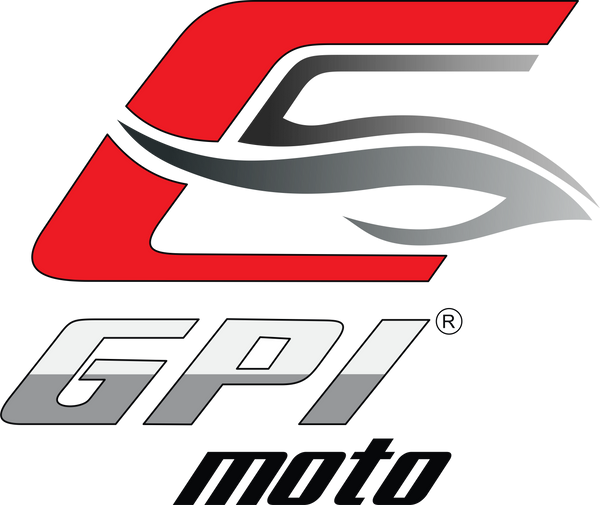Essential Tips for DIY Enthusiasts
For motorcycle enthusiasts, there's a certain thrill that comes with the freedom of riding on the open road. However, to keep that thrill alive and ensure your ride is both safe and exhilarating, mastering the basics of motorcycle maintenance is essential. Not only does this knowledge save you money on professional services, but it also deepens your connection with your machine, allowing for a more personalized and informed riding experience.
Understanding the Importance of Regular Maintenance
Routine maintenance is the heartbeat of motorcycle care. It prolongs the life of your motorcycle, enhances performance, and most importantly, ensures your safety. Simple tasks like oil changes, chain adjustments, and tire inspections can prevent the majority of mechanical failures that motorcycles face. A well-maintained bike is a reliable companion on the road, keeping unexpected breakdowns to a minimum and saving you from costly repairs.
Diving Into DIY Motorcycle Maintenance
1. Oil and Filter Change
One of the most crucial and frequent maintenance tasks is changing the oil and filter. Motor oil lubricates your engine's moving parts, reduces friction, and helps keep the engine cool. Over time, oil degrades and becomes contaminated with debris, losing its effectiveness.
- Frequency: Typically, you should change your motorcycle's oil every 3,000 to 5,000 miles, but refer to your bike's manual for specific recommendations.
- Step-by-Step:
- Warm up your engine to thin the oil, allowing it to drain more easily.
- Place a drain pan under your engine and remove the oil drain plug, followed by the oil filter.
- Once drained, replace the plug and install a new oil filter.
- Fill your engine with the recommended type and amount of new oil.
2. Chain Maintenance
Your motorcycle's chain transmits power from the engine to the rear wheel. A poorly maintained chain can slip or snap, leading to loss of power and potentially causing an accident.
- Chain Cleaning and Lubrication:
- Clean the chain with a brush and a degreaser, then thoroughly dry it.
- Apply a lubricant specifically designed for motorcycle chains.
- Chain Tension:
- Too tight and it could wear out the bearings and sprockets; too loose, and it might derail.
- Check your motorcycle's manual for the correct tension and adjust as necessary using the adjusters on the swingarm.
3. Tire Inspection and Care
Tires are your only contact with the road, making their condition critical to your safety.
- Inspecting Tires:
- Look for any signs of wear, cracks, or foreign objects lodged in them.
- Check the tire pressure regularly with a reliable gauge. Incorrect tire pressure affects handling and can cause uneven wear.
4. Brake Maintenance
Brakes are arguably the most crucial safety feature on your motorcycle.
- Checking Brake Pads:
- Inspect the thickness of your brake pads. If they're thinner than 2mm, it's time to replace them.
- Brake Fluid:
- Check the level and condition of your brake fluid. Dark, cloudy fluid needs to be replaced.
Troubleshooting Common Issues
Occasionally, issues will arise that require a bit more know-how to resolve.
- If your motorcycle is hard to start, check the battery, spark plugs, and fuel supply.
- A slipping clutch might mean it's time for an adjustment or a replacement.
- Unusual noises or vibrations often point to loose components. Inspect and tighten any loose parts.
Knowing When to Seek Professional Help
While many maintenance tasks are within the reach of DIY enthusiasts, some situations require the expertise of a professional mechanic. Complex engine repairs, electrical system issues, and major structural repairs should be handled by experienced professionals equipped with the right tools and knowledge.
Conclusion
Mastering the basics of motorcycle maintenance is a rewarding endeavor that not only adds to the enjoyment of your riding experience but also ensures the longevity and reliability of your motorcycle. By incorporating these tasks into your routine, you're investing in the performance and safety of your ride. Remember, the key to successful DIY motorcycle maintenance is patience, attention to detail, and a willingness to learn. Happy wrenching!


